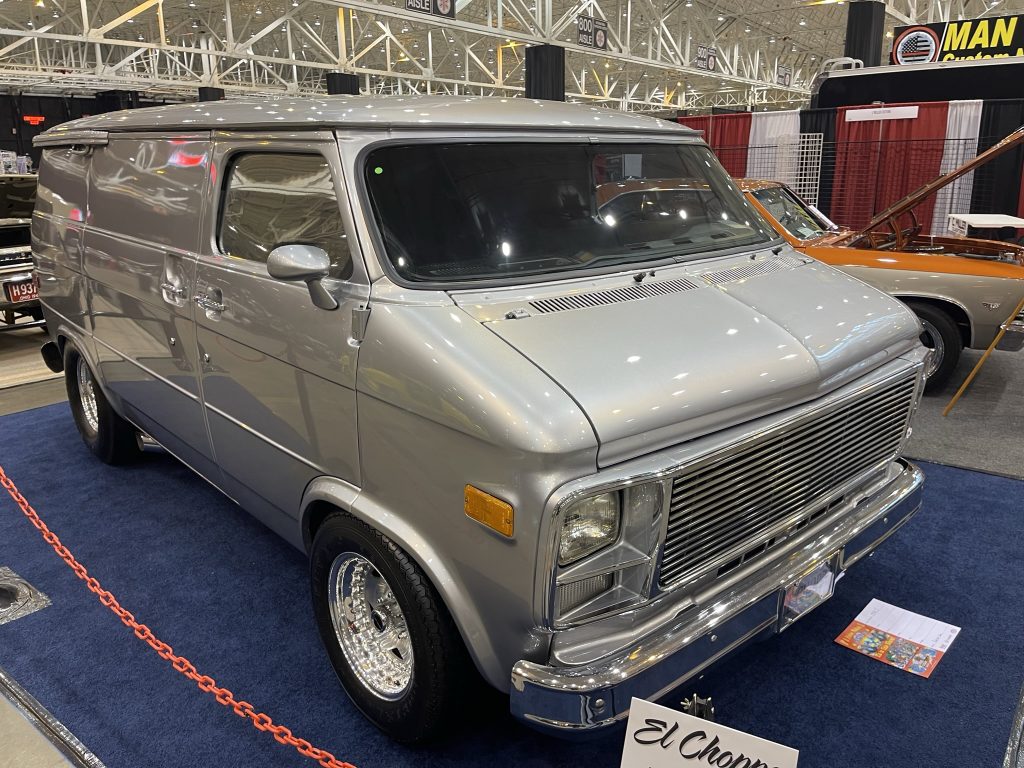You’ve got questions, we’ve got answers. We work with the Summit Racing tech department to help you tackle your auto-related conundrums. In this week’s Mailbag, we’re troubleshooting carb issues in a 305-powered Chevy van.
Q: My friend and I put a rebuilt 305 Chevy motor in my Chevy van.
Since we did this, we’ve been having some carburetor trouble. The van won’t pass our state E-check test because it’s running too rich. Cold starts are really tough on the motor—I have to pump the gas pedal to death. Please help! Without passing E-check, I can’t get license plates.

A: We agree that it sounds like your problems are carburetor-related.
Is it a new carburetor, did you rebuild the old one, or did you just reinstall the old carb as-is?
If you did overhaul the carburetor, make sure you have all the linkages adjusted correctly and the float set at the proper level. If you didn’t rebuild the carburetor, dirt may have found its way inside while the carb was off the vehicle, or sediment from the bowl may have been stirred up.
What type of carburetor is on the vehicle?
If it is a stock vacuum secondary unit, check your vacuum lines. If the line for the secondaries is hooked to a ported inlet (above the throttle plates) instead of a non-ported inlet (below the plates), the secondaries may be opening at idle, which would be the cause of your hard-starting problem.

Is the factory carburetor the Rochester Q-Jet unit found on many GM vehicles of the era? If it is an original, and has not seen a rebuild, I’d guess an empty fuel well is at least one of your issues. The factory plugs that seal off the bottom of the fuel well dissolve over time causing fuel to bleed out. You mentioned hard start. The fuel pump has to replenish that empty fuel well, resulting in extended crank time, and hard start.
Saludos. Estoy buscando el cristal del frente y la goma de esta misma van para comprarlo. Me gustaría conocer de que manera puedo contactarlo
Mi numero de celular es 787-519-1045